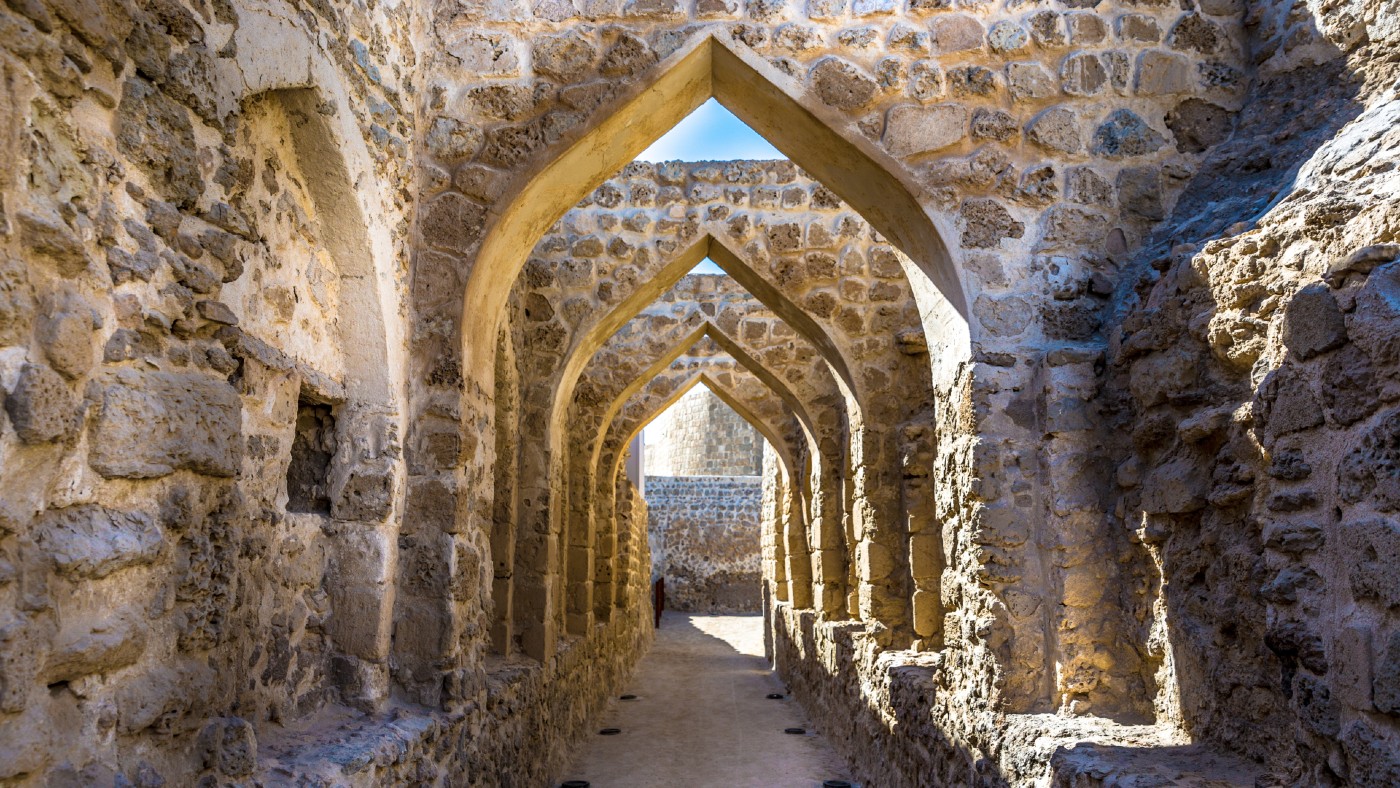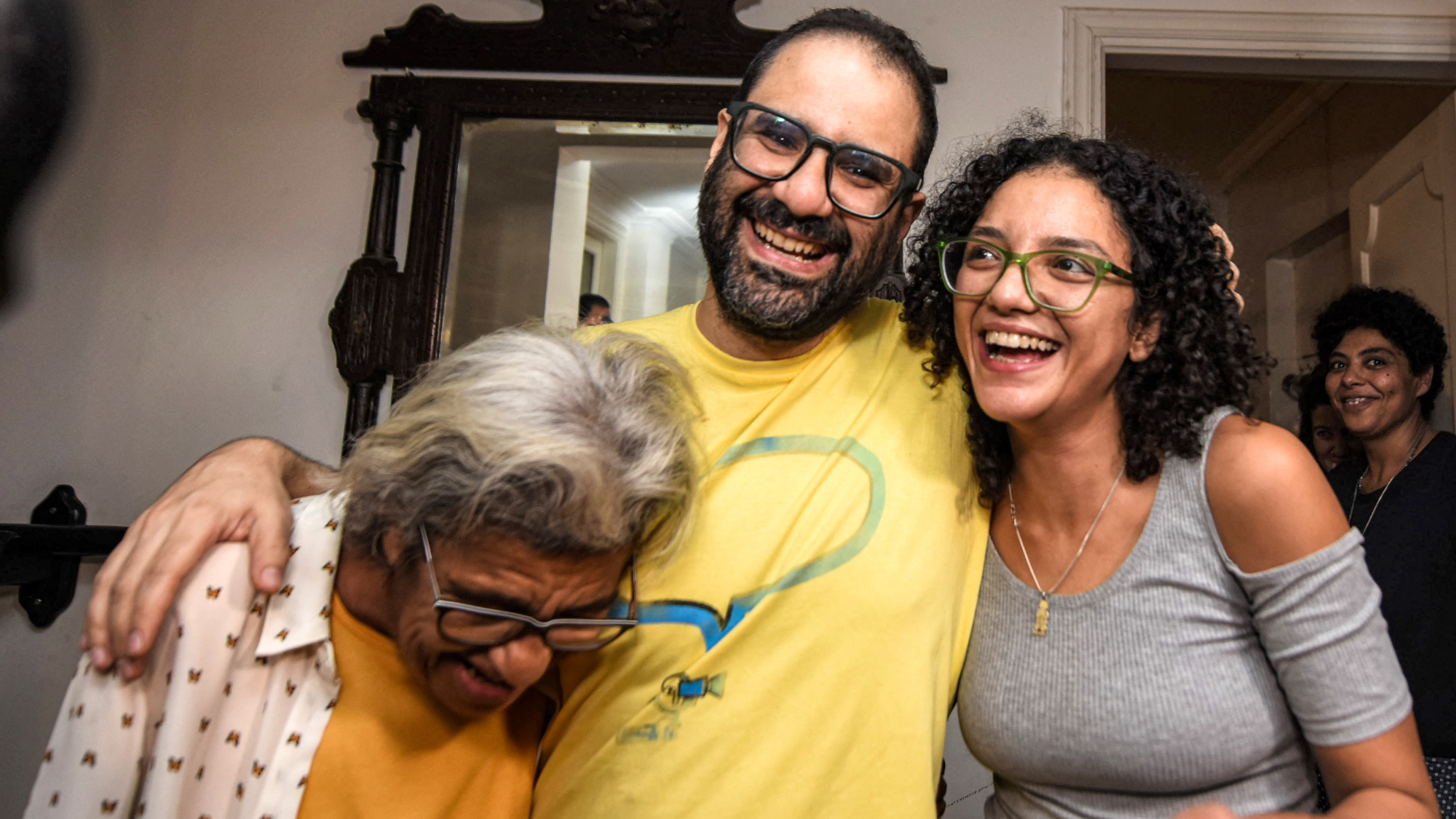Trip of the week: exploring the ancient wonders of Bahrain
Fine museums have sprung up recently to preserve the heritage of the tiny island

It can’t vie with the glitz and glamour of neighbouring Dubai and Qatar, but the tiny island nation of Bahrain has a rich history, and in recent years a clutch of fine museums has sprung up to preserve its heritage.
Hidden away in pockets of traditional architecture amid the urban sprawl, they make for a rewarding few days’ exploration, says George Kipouros in Wanderlust – and, for the curious, there are other more active ways to engage with local culture, from concerts of the local traditional music to lessons in pearl diving, once the island’s main industry.
Bahrain means two seas in Arabic, perhaps a reference to the submarine freshwater springs where the world’s best oyster beds are found.
The Week
Escape your echo chamber. Get the facts behind the news, plus analysis from multiple perspectives.

Sign up for The Week's Free Newsletters
From our morning news briefing to a weekly Good News Newsletter, get the best of The Week delivered directly to your inbox.
From our morning news briefing to a weekly Good News Newsletter, get the best of The Week delivered directly to your inbox.
From the fourth to the first millennium BC, Bahrain lay at the heart of a civilisation that experts believe was Dilmun, the trading nation referred to in ancient Mesopotamian texts. Deep in the island’s heart lies a huge desert field of burial mounds, which form the world’s largest ancient necropolis.
Many of the treasures found there are displayed in the new National and Qala’at al-Bahrain museums. These include finely carved soapstone seals, and also votive offerings of pearls, and dead snakes, suggesting a ritual that may have been linked to the myth of Gilgamesh, which was a model for the Biblical story of Eden.
In the myth, Dilmun is as a paradise where Gilgamesh finds the flower of immortality in a freshwater sea, only to have it stolen by a serpent. Experts suggest the “flower” was a pearl: Gilgamesh recovers it like a pearl diver, with stones tied to his feet.
In the old town of Muharraq, a trail called the Pearling Path connects a series of fine 19th-century buildings, including elaborate pearl merchants’ mansions. Among them are a dozen or so charming small museums, galleries and concert halls overseen by the Sheikh Ebrahim Centre for Culture, which celebrate the island’s contemporary arts and traditional culture.
A free daily email with the biggest news stories of the day – and the best features from TheWeek.com
See pearldiving.bh for information on pearl-diving trips
-
 What will the US economy look like in 2026?
What will the US economy look like in 2026?Today’s Big Question Wall Street is bullish, but uncertain
-
 Alaa Abd el-Fattah: should Egyptian dissident be stripped of UK citizenship?
Alaa Abd el-Fattah: should Egyptian dissident be stripped of UK citizenship?Today's Big Question Resurfaced social media posts appear to show the democracy activist calling for the killing of Zionists and police
-
 Biggest political break-ups and make-ups of 2025
Biggest political break-ups and make-ups of 2025The Explainer From Trump and Musk to the UK and the EU, Christmas wouldn’t be Christmas without a round-up of the year’s relationship drama
-
 The best food books of 2025
The best food books of 2025The Week Recommends From mouthwatering recipes to insightful essays, these colourful books will both inspire and entertain
-
 Art that made the news in 2025
Art that made the news in 2025The Explainer From a short-lived Banksy mural to an Egyptian statue dating back three millennia
-
 Nine best TV shows of the year
Nine best TV shows of the yearThe Week Recommends From Adolescence to Amandaland
-
 Winter holidays in the snow and sun
Winter holidays in the snow and sunThe Week Recommends Escape the dark, cold days with the perfect getaway
-
 The best homes of the year
The best homes of the yearFeature Featuring a former helicopter engine repair workshop in Washington, D.C. and high-rise living in San Francisco
-
 Critics’ choice: The year’s top 10 movies
Critics’ choice: The year’s top 10 moviesFeature ‘One Battle After Another’ and ‘It Was Just an Accident’ stand out
-
 A luxury walking tour in Western Australia
A luxury walking tour in Western AustraliaThe Week Recommends Walk through an ‘ancient forest’ and listen to the ‘gentle hushing’ of the upper canopy
-
 Joanna Trollope: novelist who had a No. 1 bestseller with The Rector’s Wife
Joanna Trollope: novelist who had a No. 1 bestseller with The Rector’s WifeIn the Spotlight Trollope found fame with intelligent novels about the dramas and dilemmas of modern women